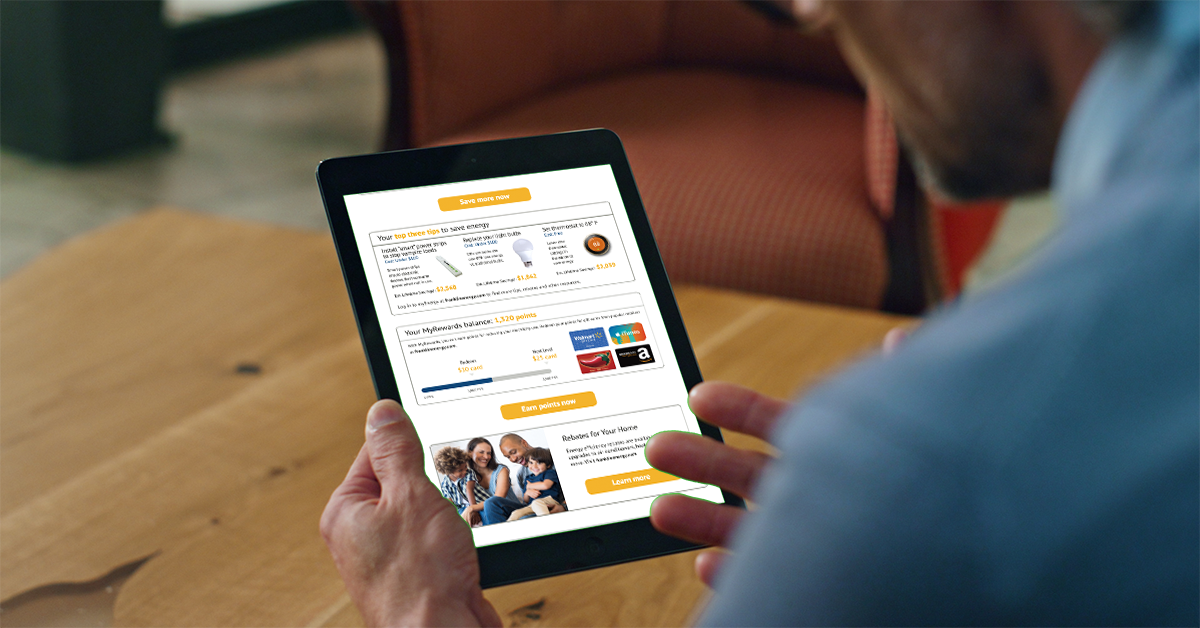
I’ll admit it—I used to be a member of what we might call the “Field of Dreams” camp of EV adoption, believing that “if you build it, they will come.”* There was (and is!) loads of research suggesting EV charging access is a barrier to EV adoption—and there was (and is!) a legitimate lack of EV charging. So I spent many years at electric utilities working to deploy more EV charging to support customers’ charging needs at home, at work, and in public, figuring that if utilities could help build the charging infrastructure, then people would see the chargers, their range anxiety would be alleviated, and they would adopt EVs. Easy.
I don’t consider those years to be time lost—we needed all that EV charging, and we need more now and in the future. But with all due respect to Kevin Costner, I’ve had a change of heart about the role of electric utilities in supporting and promoting EV adoption.
Utilities need to offer more than just infrastructure investment—they also need to engage with customers directly with information about EVs and EV charging.
What the Research Says
Key to my new way of thinking is research released last year from the Institute of Transportation Studies at the University of California at Davis. One main research finding was that there is no correlation between public charging density and people recalling seeing EV charging in the parking lots that they use. What?!? Yes, you read that right—we can build all the EV charging we want, but many people don’t even see it.
That’s astounding, and also not entirely surprising. People have an amazing ability to tune out things that don’t impact them—it is called selective attention, and if you need proof, check out this experiment.
Further, the UC Davis study found that there’s no relationship between someone “seeing” EV charging and considering adopting an EV. So even among those who do recall seeing EV charging, the presence of that EV charging is not shifting their mindset when it comes to buying an EV. In fact, the researchers found that pre-existing interest in EVs leads to someone “seeing” EV charging—not the other way around.
How does this square with all that research above, which tells us that lack of EV charging access is a barrier to adoption? Part of the answer, I think, lies in a recent study from Pew Research. The finding is worth citing in full:
Americans who are confident the country will build the necessary infrastructure are more likely than others to say they would consider purchasing an EV. Among those who are extremely or very confident that the U.S. will build the infrastructure needed to support EVs, 68% say they would be at least somewhat likely to consider purchasing an EV. Just 19% of those who are not too or not at all confident in future EV infrastructure say they are at least somewhat likely to consider purchasing an EV.
My takeaway is that people surely still need EV charging in order to successfully drive their EV—but to actually adopt an EV in the first place, they need to have confidence that EV charging will be there, more than they need to actually see EV charging on the ground.
What does this mean for electric utilities that are supporting the installation of EV charging?
It means that investments in EV charging alone aren’t enough. Communication about those investments, and direct customer education about the importance of EVs, remain key to making those investments successful.
There’s no doubt about it—EV charging infrastructure is costly, which is one of the reasons that utility investments are so critical in these early days in the EV market. But absent a comprehensive education and outreach plan that informs the public about the EV charging investments that are being made in their area and helps them learn about the advantages of driving an EV, utilities risk those infrastructure investments being underused in the near term—undermining their justification for making the investment in the first place. Remember—there’s a high correlation between customers’ confidence in future infrastructure investments and their likelihood of considering an EV.
What this means for utility program design is that program budgets should not be stingy on education and outreach. Budget line items such as program marketing, and broader education and awareness work, should be baked in right alongside the budget for hard assets such as wires and conduit. A true plan for outreach and education is just as important as the budget.
For example, if the program is designed to help install EV charging at commercial locations, it may not be enough for the marketing budget to simply focus on enrolling those commercial customers. It may be important to include budget to help educate employees at workplaces that enroll in the program, or to ensure residents at enrolled multifamily sites are aware of the infrastructure that’s being installed. Maybe the program launch should include a ride-and-drive event to help nearby residential customers learn about EVs and take a turn behind the wheel. Another idea is investing in a set of digital assets to support customers’ educational journeys about EVs. While this focus on residential customers may seem tangential to a program targeted at commercial customers, I assure you that the research suggests that it isn’t.
In fact, what the research does suggest is that EV charging infrastructure investment and EV education and awareness are both key pieces to advancing EV adoption. Each is necessary, but neither is sufficient on its own. In other words: if you build it, you’d better tell them about it.
*I know some Iowans who would be deeply disappointed if I didn’t note that the correct movie quote is “if you build it, he will come.”

.png)
.png)


.png)
